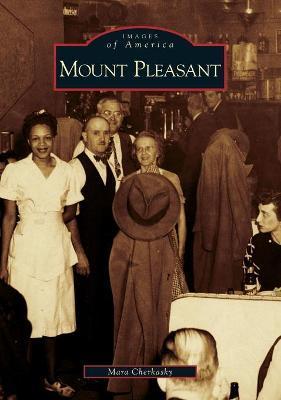Mount Pleasant

Mount Pleasant
Mount Pleasant--Samuel P. Brown must have thought the name perfect when he chose it for his country estate on a wooded hill overlooking Washington City.
The name Mount Pleasant suited the New Englanders who settled in the village that Brown founded near Fourteenth Street and Park Road just after the Civil War. Around 1900, the once-isolated village began its transformation into a fashionable suburb after the city extended Sixteenth Street through Mount Pleasant's heart, and a new streetcar line linked the area to downtown. Developers constructed elegant apartment buildings and spacious brick row houses on block after block, and successful businessmen built stately residences along Park Road. Change arrived again with the Great Depression and then World War II, as the suburb evolved into an urban, exclusively white, working-class enclave that eventually became mostly African American. In addition, a Latino presence was evident as early as the 1960s. By the 1980s, the neighborhood was known as the heart of D.C.'s Latino and counterculture communities. Today these communities are dispersing, however, in response to a booming real estate market in Washington, D.C.
Descrierea produsului
Mount Pleasant--Samuel P. Brown must have thought the name perfect when he chose it for his country estate on a wooded hill overlooking Washington City.
The name Mount Pleasant suited the New Englanders who settled in the village that Brown founded near Fourteenth Street and Park Road just after the Civil War. Around 1900, the once-isolated village began its transformation into a fashionable suburb after the city extended Sixteenth Street through Mount Pleasant's heart, and a new streetcar line linked the area to downtown. Developers constructed elegant apartment buildings and spacious brick row houses on block after block, and successful businessmen built stately residences along Park Road. Change arrived again with the Great Depression and then World War II, as the suburb evolved into an urban, exclusively white, working-class enclave that eventually became mostly African American. In addition, a Latino presence was evident as early as the 1960s. By the 1980s, the neighborhood was known as the heart of D.C.'s Latino and counterculture communities. Today these communities are dispersing, however, in response to a booming real estate market in Washington, D.C.
Detaliile produsului












